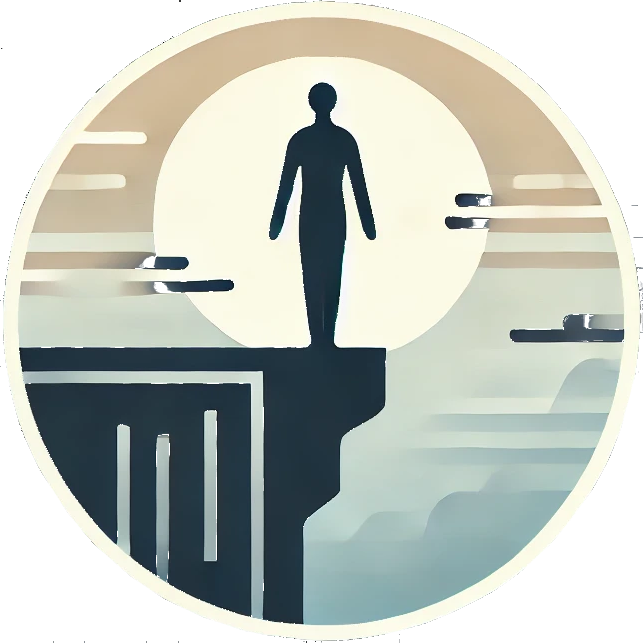Not a habit. Not a mindset. A recognition.
We’re told to “practice gratitude” like it’s something we have to generate.
Like it’s an emotional push-up or a character upgrade.
But real gratitude doesn’t come from discipline.
It comes from realizing you’re not the one in control.
Something is breathing you. And you didn’t earn that.
You didn’t design your lungs.
You didn’t sketch the blueprint for your spine.
You didn’t invent water, or neurons, or sunrises.
But here you are.
Drinking. Thinking. Loving. Failing. Laughing. Healing. Breaking open.
And every single piece of it…
was given.
Once you see that—you stop performing gratitude. You become it.
Suddenly, you notice:
- The sip of water that didn’t have to be there.
- The breeze that asked nothing of you.
- The friend who held space without needing a reason.
- The way your heart just… kept going.
Even when you didn’t want it to.
And that noticing? That’s gratitude.
Not a list. Not a discipline.
But a response to having witnessed the generosity behind existence.
This is what happens when you stop trying to “live” and allow yourself to be lived.
You realize:
You’ve been carried.
You’ve been sustained.
You’ve been loved… by something you can’t explain but feel in every breath.
And what can you say to that?
Nothing.
You just breathe softer.
Walk slower.
Eat like you’re being fed by the world itself.
And give thanks—not because you’re supposed to.
But because you finally see.
Gratitude isn’t what you do. It’s what you become once you realize the gift of being here at all.
You are being lived.
And every moment you become aware of that…
gratitude floods in like sunlight through an open window.
No effort.
Just grace.
And the humility to receive it.
